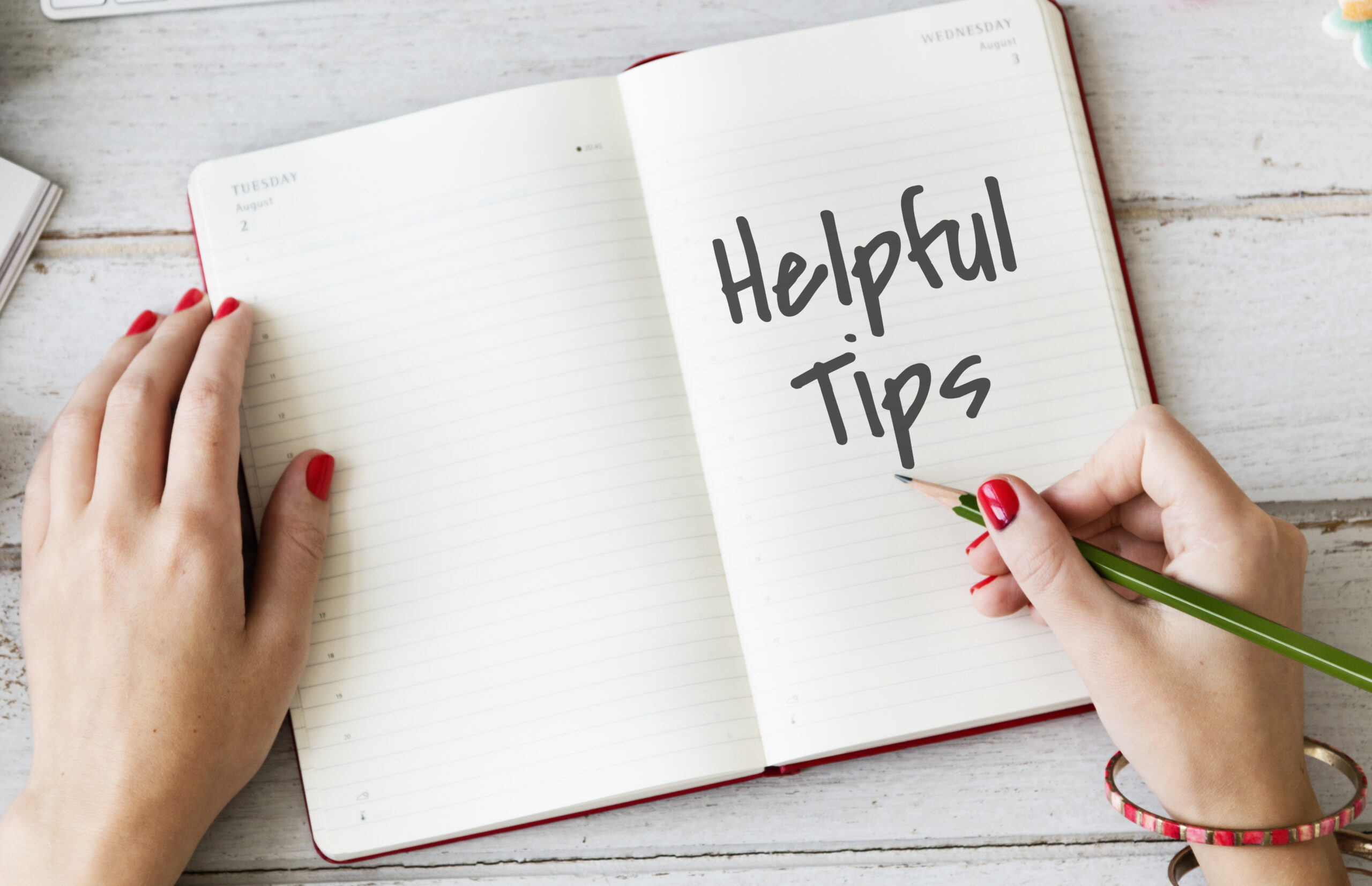Moving heavy furniture under Arizona’s blazing sun presents unique challenges that demand careful planning and preparation. Tucson’s extreme temperatures, which regularly soar above 110°F during summer months, create potentially dangerous conditions for anyone attempting to relocate bulky items like sofas, armoires, pianos, and dining room sets. The combination of intense heat, physical exertion, and time pressure can lead to heat exhaustion, dehydration, and serious injuries if proper precautions aren’t taken.
The desert climate doesn’t just affect your comfort level during a move – it directly impacts your safety, the condition of your belongings, and the efficiency of the entire relocation process. Understanding how to navigate these conditions while protecting both yourself and your valuable possessions requires strategic thinking, proper equipment, and realistic expectations about timing and physical limitations.
Understanding Tucson’s Climate Challenges During Moving Season
Tucson’s weather patterns create specific obstacles for furniture transportation that differ significantly from moves in more temperate climates. Summer temperatures often reach dangerous levels between 10 AM and 6 PM, with heat indices that can exceed 120°F when humidity factors are considered. The intense solar radiation doesn’t just make outdoor work uncomfortable – it creates real health hazards for anyone engaged in strenuous physical activity.
The dry desert air accelerates dehydration, often without obvious warning signs until serious symptoms develop. Your body loses moisture through perspiration at an accelerated rate, and the low humidity can mask the typical sweating that normally alerts you to overheating. This combination makes it particularly easy to underestimate how quickly heat-related illness can develop during physically demanding tasks like furniture moving.
Ground temperatures on concrete driveways and asphalt can reach 150°F or higher, creating additional challenges for equipment use and personal safety. Moving dollies, straps, and hand trucks become uncomfortably hot to touch, while the extreme surface heat can damage furniture finishes and cause certain materials to expand or warp during transport.
Optimal Timing Strategies for Desert Furniture Moving
Strategic scheduling becomes crucial when planning any furniture relocation in Tucson’s climate. The most favorable moving windows occur during early morning hours, typically between 5 AM and 9 AM, when temperatures remain in the 80s or low 90s during summer months. This timeframe allows you to complete the most physically demanding portions of your move before the sun reaches its peak intensity.
Evening hours after 7 PM offer another viable option, though temperatures often remain elevated well into the night during peak summer months. The advantage of evening moves includes reduced solar radiation, but you’ll need adequate lighting for safe navigation and handling of heavy items.
Winter months from November through March provide the most comfortable conditions for furniture moving, with daytime temperatures typically ranging from 65°F to 85°F. If you have flexibility in your moving timeline, scheduling during these months can significantly reduce heat-related stress and safety concerns.
Avoid moving during extreme weather events common to the region, including dust storms (haboobs), monsoon thunderstorms, and excessive wind warnings. These conditions create additional hazards beyond heat exposure and can damage furniture or create dangerous working conditions.
Essential Hydration and Heat Safety Protocols
Proper hydration begins well before your moving day arrives. Start increasing your fluid intake 24-48 hours before your scheduled move, focusing on water and electrolyte-balanced drinks rather than caffeine or alcohol, which can contribute to dehydration. Plan to consume 16-20 ounces of fluid two hours before beginning physical activity, followed by 6-8 ounces every 15-20 minutes during active moving periods.
Recognize the warning signs of heat-related illness, which can develop rapidly during strenuous activity:
- Excessive thirst and dry mouth
- Fatigue, weakness, or dizziness
- Nausea or vomiting
- Headache or confusion
- Reduced sweating despite high body temperature
- Rapid heartbeat or breathing
Create multiple hydration stations throughout your moving area, including inside your home, in moving vehicles, and at your destination. Use insulated containers to keep beverages cool, and consider electrolyte replacement drinks for extended moving sessions.
Take mandatory rest breaks in air-conditioned or shaded areas every 30-45 minutes, even if you don’t feel particularly tired. Heat exhaustion can develop gradually, and taking proactive breaks helps prevent serious complications.
Protective Clothing and Equipment Recommendations
Your clothing choices directly impact your ability to work safely in extreme heat. Choose lightweight, light-colored, loose-fitting garments made from breathable fabrics like cotton or moisture-wicking synthetics. Long sleeves actually provide better protection from sun exposure than tank tops or short sleeves, despite feeling counterintuitive in hot weather.
Wide-brimmed hats offer crucial protection for your head, neck, and face, while wraparound sunglasses protect your eyes from intense glare that can cause fatigue and headaches. Quality work gloves become essential not just for grip and protection, but also to shield your hands from heated metal surfaces on moving equipment.
Closed-toe shoes with good traction and support are non-negotiable for furniture moving, but choose styles with breathable materials and adequate ventilation. Avoid steel-toed boots unless absolutely necessary, as metal components can become uncomfortably hot and increase foot temperature.
Consider cooling accessories like neck towels, cooling vests, or bandanas that can be soaked in cold water for additional temperature regulation during breaks.
Professional Moving Equipment for Heat Management
The right equipment makes desert moving safer and more efficient while reducing the physical strain that contributes to overheating. Furniture dollies with large, sturdy wheels navigate more easily across hot pavement and reduce the time spent in direct sun exposure. Choose models with padded handles that won’t become uncomfortably hot to grip.
Moving straps and harnesses distribute weight more evenly across your body, reducing the muscular effort required and minimizing heat generation from excessive physical exertion. Quality straps also speed up the moving process by allowing fewer people to handle heavy items safely.
Furniture pads and blankets serve multiple purposes in desert moves – they protect your belongings from sun damage while also providing insulation against extreme temperatures that could damage wood finishes, leather, or delicate materials.
Consider renting or purchasing a moving truck with a lift gate to minimize the time spent loading and unloading items in direct sunlight. The mechanical assistance reduces physical strain and speeds up the process significantly.
Protecting Your Furniture from Desert Conditions
Extreme temperatures can cause significant damage to various furniture materials during transport and storage. Wood furniture is particularly vulnerable to rapid temperature changes, which can cause expansion, contraction, cracking, or warping. Leather items may fade, crack, or become permanently damaged when exposed to intense heat and UV radiation.
Electronic equipment and appliances require special consideration, as internal components can be damaged by excessive heat exposure. Many manufacturers recommend avoiding temperatures above 100°F for extended periods, making climate-controlled transport essential for valuable electronics.
Use furniture blankets and protective coverings not just for padding, but as heat shields during transport. White or reflective covers work better than dark materials, which absorb heat and can actually increase temperature exposure for your belongings.
Plan your loading sequence to minimize the time sensitive items spend in direct sunlight. Load heat-sensitive pieces first and position them in the coolest areas of your moving truck, typically toward the front and away from rear doors that open frequently.
Vehicle and Transportation Considerations
Your moving vehicle becomes a crucial factor in desert furniture transport. Rental trucks often sit in parking lots with metal surfaces that can exceed 140°F, making them dangerously hot to touch without proper protection. Allow extra time for vehicles to cool down before loading, or park in shaded areas when possible.
Check tire pressure more frequently during hot weather, as extreme temperatures cause significant pressure fluctuations that can lead to blowouts or handling problems. Carry emergency equipment including tire pressure gauges, portable air compressors, and emergency repair supplies.
Plan your route to minimize time spent in stop-and-go traffic or areas without air conditioning access. Identify rest stops, gas stations, and other climate-controlled locations along your route where you can take cooling breaks if needed.
Consider the timing of your vehicle pickup and return, especially for rental trucks. Many rental locations charge premium rates or have limited availability during peak moving season, and extreme heat can affect vehicle performance and fuel efficiency.
Team Safety and Communication Protocols
When working with family members, friends, or professional movers, establish clear communication protocols for heat safety. Designate one person to monitor time, coordinate hydration breaks, and watch for signs of heat-related illness in team members.
Rotate physically demanding tasks among team members to prevent any individual from becoming overexerted. The person moving furniture shouldn’t also be the one making decisions about pacing and break schedules, as heat stress can impair judgment.
Keep emergency contact information readily available, including local hospitals, urgent care facilities, and emergency services. Know the address of your nearest emergency room and have a plan for transportation if someone develops heat-related illness.
Establish a buddy system where team members check on each other regularly and feel comfortable speaking up if they notice concerning symptoms in others.
Professional Moving Services vs. DIY Considerations
While many people attempt to save money with DIY moves, Tucson’s extreme climate creates compelling reasons to consider professional assistance. Experienced local movers understand desert conditions and have equipment specifically designed for hot-weather furniture transport.
Professional teams like My Tucson Movers possess climate-controlled vehicles, specialized equipment, and the experience necessary to complete moves efficiently while minimizing heat exposure. They also carry insurance coverage that protects your belongings from temperature-related damage during transport.
The time savings associated with professional movers becomes particularly valuable in extreme heat, as reduced exposure time directly correlates with improved safety outcomes. Professional teams can often complete moves that would take inexperienced individuals all day in just a few hours.
Consider hybrid approaches where professionals handle the heaviest or most valuable items while you manage smaller boxes and personal belongings during cooler morning or evening hours.
Emergency Preparedness and Medical Considerations
Heat-related medical emergencies can develop rapidly during strenuous physical activity. Keep a well-stocked first aid kit accessible that includes instant cold packs, electrolyte replacement solutions, and emergency contact information.
Learn to recognize the difference between heat exhaustion and heat stroke, as the latter constitutes a life-threatening emergency requiring immediate medical attention. Heat stroke symptoms include high body temperature (above 103°F), altered mental state, hot dry skin, and potential unconsciousness.
Have a predetermined plan for cooling someone experiencing heat-related illness, including access to air conditioning, cold water for cooling towels, and transportation to medical facilities if needed.
Consider postponing your move if any team members have pre-existing health conditions that increase heat illness risk, including heart conditions, diabetes, previous heat stroke, or current medications that affect temperature regulation.
Post-Move Recovery and Furniture Care
After completing your move, continue monitoring for delayed heat illness symptoms, which can sometimes develop hours after heat exposure ends. Maintain increased fluid intake and avoid additional strenuous activity until you’ve fully recovered from the physical stress of moving.
Inspect your furniture carefully for heat-related damage once it’s in your new location. Look for warping, cracking, fading, or other issues that may have developed during transport. Document any damage immediately for insurance purposes.
Allow wood furniture time to acclimate to your new home’s temperature and humidity levels before making adjustments or repairs. Rapid temperature changes can continue affecting materials even after the move is complete.



